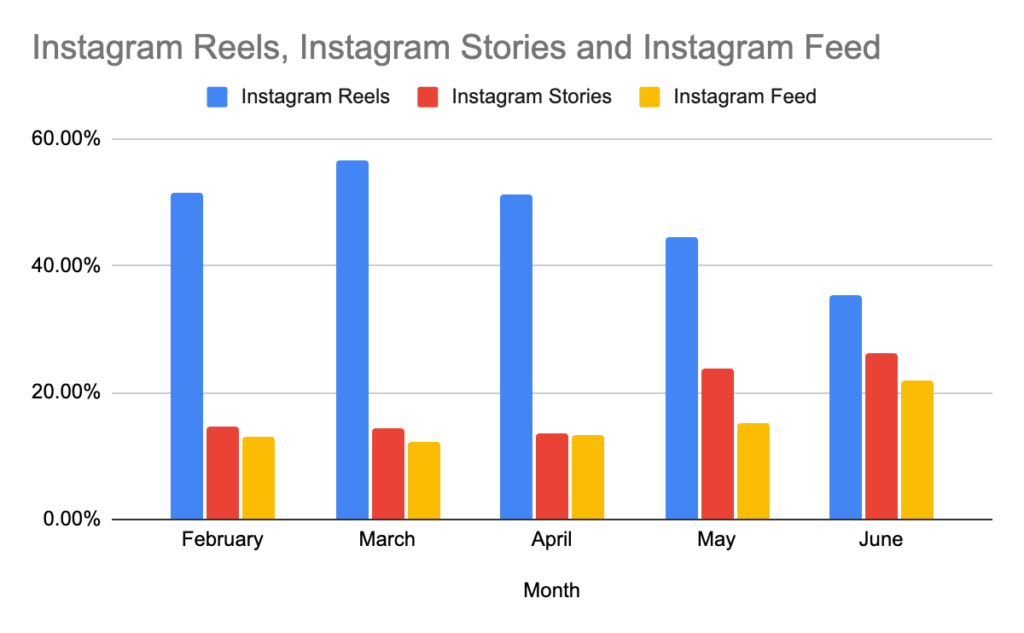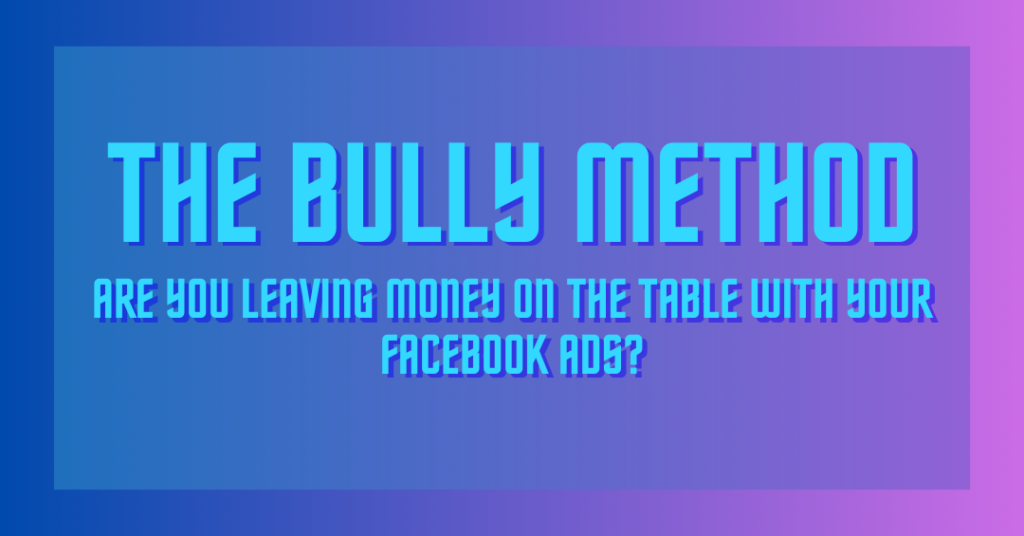Hey,
I hope this edition of Baweja Buzz finds you well. If you’ve been following along with us, you might recall that in our previous issue, we delved deep into the shifting dynamics of Facebook ad spend distribution. If you didn’t catch that, I strongly recommend you check it out for some rich context before diving into this one.
Are you still here? Alright then, I won’t keep you waiting any longer, let’s get rolling!
Just to give you a brief recap: In the last Baweja Buzz, we discovered how Facebook continually changes your ad spend distribution. Remember this snapshot from our previous letter?

What we saw here is that in March, Instagram Reels absorbed around 60% of the total budget spend across all placements. Fast forward to June, and that figure shrank to 35%, with Stories and Feed scooping up the extra spend. As people’s attention drifts away from Reels, impressions decrease there and increase elsewhere, resulting in a redistribution of ad impressions.
But I’ve been pondering a question: Is this shifting pattern unique to you or common to others’ ad accounts too? If you manage only a handful of accounts, this might seem like a puzzle.
Here’s a brain tickler: among your placements, there are likely a few that yield better returns than others. Say, for instance, Reels offer you a CPA of $120, while Feed charges you $150. This remains consistent in both March and June. So, if Facebook starts allocating less budget to Reels and more to Feed, you’d see a higher CPA in June across your account.
How can we combat this? Of course, you could run ads specific to Reels and observe the results, but is that the most effective method? Absolutely not! This is precisely where our star of the day, the Bully Method, comes into play.
First, let’s understand the Bully Method and its mechanics. Then, I’ll explain how it could be a game-changer in the scenario we’ve just dissected.
Consider the Facebook ad space as a bustling real estate market. The best spots are highly coveted because they attract the most valuable audiences. In a cut-throat property auction, you need to be bold, assertive, and determined to outbid competitors – precisely the ethos of the Bully Method. It’s all about owning the auction process for ad space and securing prime placements for your content.
“But how does it work?” I hear you ask. Well, here are the pillars of the Bully Method:
1.Broad Audience Targeting: Don’t limit your audience at the campaign’s outset. Cast a wide net, maximize your exposure, and grab as much ad space as you can. You can always refine your audience as your campaign evolves.
2.High Initial Bid: Your initial bid should make a splash, pushing competitors aside and sending a clear message to Facebook’s auction algorithm – your ad means business and deserves the best spots.
3.Continuous Monitoring and Optimization: This isn’t a set-and-forget strategy. You need to sharpen your focus once your campaign is live. Utilize metrics like click-through rates, conversion rates, etc., to assess your ads’ performance. Are certain demographics interacting more with your ad? Are some placements proving more effective? Use these insights to tweak your campaign parameters and ad content, refining your strategy for maximum impact.
4.Patience is Key: This method isn’t a sprint; it’s a marathon. It requires persistence, consistent optimization, and time to gain momentum and deliver desired results.
Remember, the Bully Method isn’t a one-size-fits-all solution. It should be deployed strategically and when appropriate. In the right context, it can create a significant presence in your audience’s feed, outsmart competitors, and drive up engagement and conversions.
However, a word of caution – it should only be employed with already winning creatives. Don’t venture into this with any experimental ads unless you’re comfortable with the risk. I’ve explained how to identify winning creatives in the book, workshop, and course.
The budget for the Bully Method can vary greatly depending on several factors such as the size of your target audience, the competitiveness of your industry, the geographical region you’re targeting, and the length of your campaign. Since it entails placing high bids to secure prime ad placements, it usually requires a larger budget than other strategies.
Always remember that while high bids can get your ad seen, they don’t guarantee engagement or conversion. Monitoring the campaign closely, optimizing ads based on performance, and ensuring you’re delivering a high-quality and relevant message to your audience is crucial.
Now, let’s loop back to our main question: How is this strategy relevant in the context of shifting ad placements? Well, if you’re not getting positive ROI from certain placements because your ideal target audience isn’t there, the Bully Method will ensure that you’re securing those prime spots.
Let’s take our example again. If Reels placement was getting us good results, using the Bully Method would have ensured more ad space in that area, outbidding anyone else vying for it. Because the reason you’re not getting Reels placement might not be due to people’s shifting attention, but stiffer competition stealing that spot from you. The Bully Method ensures you never lose your prime placement.
Whew! That was quite a bit of information, right? Take your time to digest it all, and when you’re ready, feel free to reach out to me if you have any questions or would like to discuss this further.
Keep an eye out for our next newsletter, where we’ll continue this exciting journey of optimizing our Facebook ad strategies. Stay tuned!
Till then, keep experimenting and learning
Best,
Sannidhya
